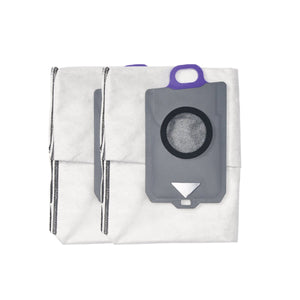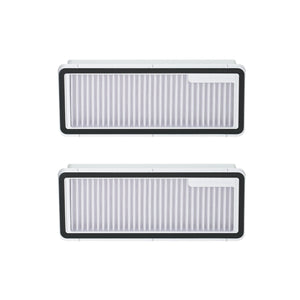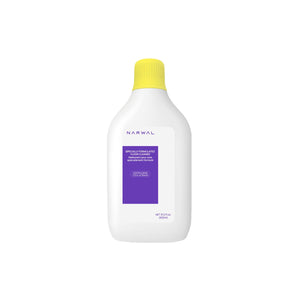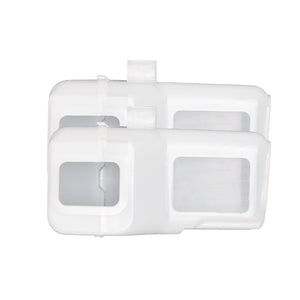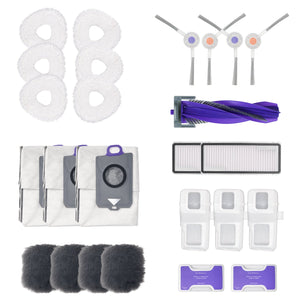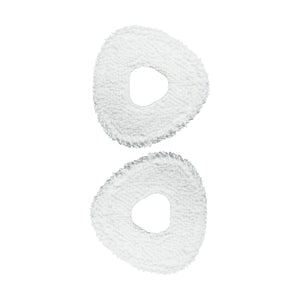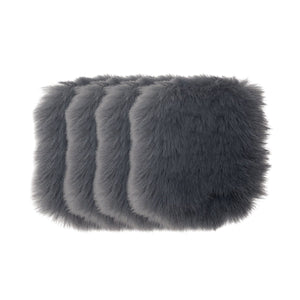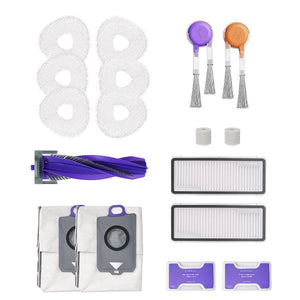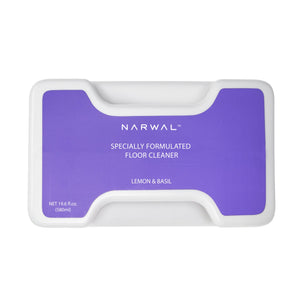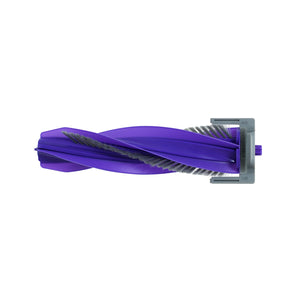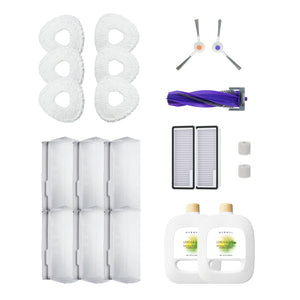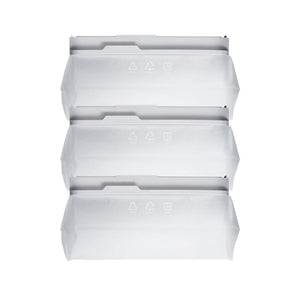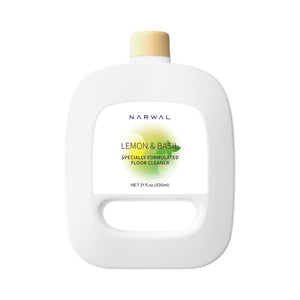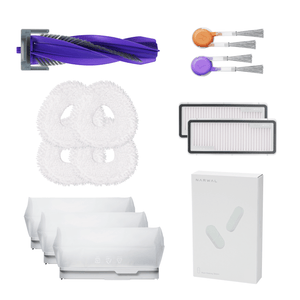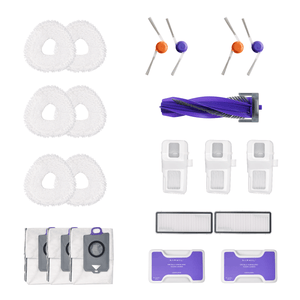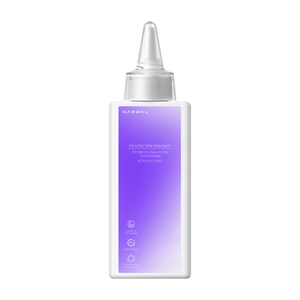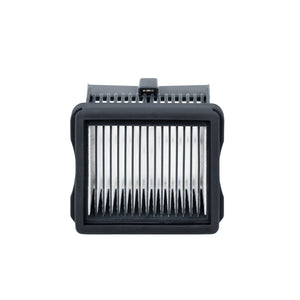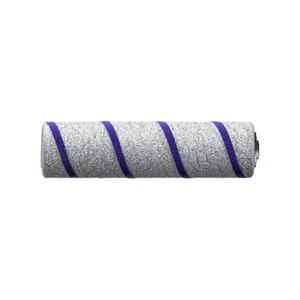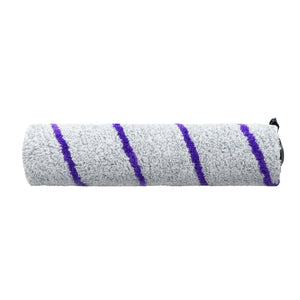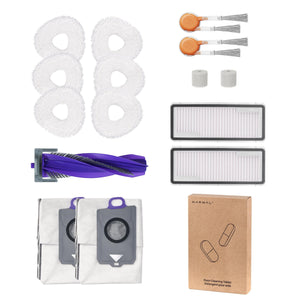Are you thinking about buying a robot vacuum? With so many options available, it can be overwhelming to decide which one is right for you. This guide will help you understand what to consider before making your purchase. Let’s dive in!
Understanding Your Cleaning Needs

What Type of Flooring Do You Have in Your Home? Hard Floors or Carpets?
Hard Floors vs. Carpets: Robot vacuums can handle different types of flooring, but some are better suited for hard floors, while others excel on carpets. If your home has mostly hard floors, look for a model with good suction and a soft brush that won’t scratch the surface. For carpets, you’ll need strong suction and a brush that can dig into the fibers to remove dirt and debris.
Mixed Floors: If your home has a mix of hard floors and carpets, you’ll need a versatile robot vacuum that can adjust to different surfaces. Look for models that automatically detect surfaces and change settings based on the floor type.
Are You a Pet Owner?
Handling Pet Hair: If you have pets, you know how challenging it can be to clean up their hair mess. Look for a robot vacuum with powerful suction and brushes designed to pick up pet hair. Some models come with special pet hair tools and filters to help manage this. For example, Narwal Freo X Ultra and Freo X Plus both employ a zero-tangling aerodynamics roller brush design. It removes 99% of hair, even from carpets, without tangling.
Allergens and Dander: Pets can also bring allergens into your home. A robot vacuum with a HEPA filter can help capture pet dander and other allergens, making your home cleaner and healthier.
How Big Is Your Home?
Small to Medium Homes: For smaller homes or apartments, most robot vacuums will have enough battery life and dustbin capacity to clean effectively. Look for a model with a runtime of at least 60-90 minutes.
Large Homes: Larger homes require a robot vacuum with a longer battery life and a larger dustbin capacity. A model that can return to its charging station and resume cleaning once recharged is ideal for bigger spaces.
What Is Your Home Layout?
Multi-Level Homes: If you live in a multi-level home, you’ll want a robot vacuum that can handle multiple floors. Some models can save maps of different levels so they know where to clean when you move them to another floor.
Open Floor vs. Lots of Furniture: An open floor is easier for robot vacuums to navigate. However, if you have a lot of furniture, look for a vacuum with good obstacle detection and the ability to maneuver around tight spaces.
12 Key Features to Consider Before Buying A Robot Vacuum

Suction Power and Performance
Importance of Strong Suction: Strong suction is crucial for picking up dirt, dust, and debris from your floors. It’s especially important for homes with carpets, as the vacuum needs to pull dirt from deep within the fibers.
How to Compare Suction Power: Check the specifications for the suction power, usually measured in Pascals (Pa). Higher numbers mean stronger suction. Compare models to see which one offers the best performance for your needs.
#Narwal Freo X Ultra boasts an industry-leading 8200 Pa suction power. It picks up dirt and debris from hard floors, carpets, and rugs and removes 99% of particles from hard flooring.
Mopping Function and Performance
Vacuum and Mop Hybrid Models: Some robot vacuums come with a mopping function, allowing you to vacuum and mop your floors with one device. This can be a great time-saver for homes with hard floors. If you prefer a hybrid one, Narwal robot vacuums and mops have you covered!
Mopping Performance: Consider the performance of the mopping function. Look for robot vacuums with sufficient mopping pressure and features like adjustable water flow, multiple mopping modes, and effective cleaning pads. Reviews can help you determine how well the mopping function works in real-world scenarios.
#Narwal Freo X Ultra scrubs away heavy stains with 12N downward pressure on tile floors and 7N on wooden floors at 180RPM rotating speed. No risk of damaging your floors. It employs patented Rouleaux mop heads named after Franz Rouleaux, which ensure effective cleaning. This model can switch between 5 different cleaning modes, including Freo Mind, Vacuum Only, Mop Only, Vacuum before Mop, and Vacuum and Mop for your various needs.
Battery Life and Runtime
Minimum Runtime for Efficient Cleaning: The longer the battery life, the more area your robot vacuum can cover in one go. Look for models with a runtime of at least 90 minutes, especially if you have a larger home.
Impact of Battery Life on Cleaning Larger Homes: In bigger homes, a longer battery life lets the vacuum clean multiple rooms without frequent recharge. Some models can return to their charging stations and resume cleaning once recharged.
#Narwal Freo X Plus runs up to 254 minutes before heading back to the charging station for a quick recharge and return to where it left off to continue cleaning.
Dustbin Capacity
Importance of Dustbin Size: A larger dustbin means the vacuum can hold more dirt before needing to be emptied, allowing for longer cleaning sessions.
How Often Do You Need to Empty It: If you have pets or a large home, you’ll likely need to empty the dustbin more frequently. Check reviews to see how often users report needing to empty their dustbins.
#Narwal Freo X Ultra employs a 1L dust bag. With its dust compression technology, it can hold up to 7 weeks of dust storage. If you prefer a dustbin, we also have it for your replacement.
Navigation Systems
Importance of Accurate Mapping: Accurate mapping ensures the robot vacuum covers your entire home without missing spots. It also helps the vacuum avoid obstacles and clean more efficiently.
LIDAR vs. Camera-Based Navigation: LIDAR uses lasers to map your home, providing accurate and efficient navigation. Camera-based systems use visual cues, which can be less precise but still effective. Decide which technology fits your needs best.
#Narwal Freo X Ultra and Narwal Freo X Plus employ LiDAR SLAM 4.0 for optimized cleaning paths and real-time 3D mapping.
Multi-Floor Mapping
Benefits for Multi-Level Homes: Multi-floor mapping allows the vacuum to save maps for different levels of your home. This feature is great for homes with multiple stories, as you won’t need to reset the vacuum each time you move it.
How to Set Up and Use Multi-Floor Maps: Most robot vacuums with this feature allow you to set up maps via their app. Follow the instructions to create and save maps for each floor.
#Narwal Freo X Ultra and Narwal Freo X Plus both can create 3D maps for up to 4 floors. Perfect for multi-level homes.
Obstacle Detection
Types of Obstacle Detection Systems: Robot vacuums use sensors to detect and avoid obstacles. Some use infrared sensors, while others have bump sensors or advanced visual detection systems.
Effectiveness in Different Home Environments: Consider your home’s layout when choosing a model. Homes with lots of furniture or tight spaces need vacuums with advanced obstacle detection to navigate effectively.
#Narwal Freo X Ultra and Narwal Freo X Plus use a Tri-Laser sensor array to avoid obstacles as low as 1cm and clean along objects within 5mm. Cliff sensors located at the bottom of the robots avoid them from falling down stairs.
App Control and Scheduling
Setting Cleaning Schedules: Most robot vacuums come with apps that let you set cleaning schedules. You can program the vacuum to clean at specific times, even when you’re not home.
Remote Control and Monitoring: Apps also allow you to control and monitor your vacuum remotely. This is handy if you need to start a cleaning session while you’re out.
#Narwal robot vacuums allow you to set cleaning schedules and control and monitor your robots remotely. Control your robot completely on the Narwal App!
Voice Assistant Compatibility
Integration with Alexa, Siri, etc.: Many robot vacuums can be controlled using voice commands through Alexa, Siri, and other smart home systems. Narwal robots are compatible with both Alex and Siri.
Convenience of Voice Commands: Voice commands make it easy to start, stop, or schedule cleaning sessions without lifting a finger. It’s a convenient feature, especially if you’re busy or have your hands full.
Custom Cleaning Zones and Virtual Boundaries
Setting No-Go Zones: Use your vacuum app to set virtual boundaries, preventing the vacuum from entering certain areas.
Customizing Cleaning Areas: You can also create custom cleaning zones, directing the vacuum to focus on specific areas of your home.
#Narwal robots support customized cleaning, no-go zones, and spot cleaning.
Self-Emptying Bins
Advantages of Self-Emptying Models: Self-emptying bins mean you don’t have to empty the dustbin as often. The vacuum empties itself into a larger bin at its charging station.
Considerations for Bin Capacity and Maintenance: Consider the capacity of the self-emptying bin and how often you’ll need to empty it. This feature can save you time and effort.
Disadvantages of Self-Emptying Models: They are noisier and more expensive than models without a self-emptying system. In addition, they may encounter clogging issues sometimes, and bacteria are more likely to grow inside of the robots. You’ll need to disassemble them to clean their parts. This can be quite troublesome for people who hate frequent maintenance. Luckily, Narwal has solved this issue. Check out the further readings below to get more insight into Narwal’s innovative self-contained dust collection technology!
Further Readings:
Do You Really Need A Self-Emptying Robot Vacuum?
Software Updates and Customer Support
Importance of Regular Software Updates: Regular software updates improve your vacuum’s performance and add new features. Choose a brand that provides regular updates.
Availability and Quality of Customer Support: Good customer support is crucial if you run into issues with your vacuum. Check reviews to see how responsive and helpful the company is.
#Visit Narwal Support and Narwal APP for more information.
Conclusion
Choosing the right robot vacuum involves understanding your specific needs and comparing features that matter most to you. Whether you have a small apartment or a large multi-level home, pets, or a mix of flooring types, there's a robot vacuum designed to meet your needs.
Consider the key features such as suction power, battery life, dustbin capacity, and navigation systems to make an informed decision. Investing in a robot vacuum can save you time and effort, keeping your home clean with minimal intervention.
FAQs
How much should I spend on a robot vacuum?
It depends on your needs and budget, but generally, prices range from $200 for basic models to over $1000 for high-end models with advanced features like mapping and self-emptying.
Is an expensive robot vacuum worth it?
Yes, if you need advanced features like superior navigation, detailed mapping, and better cleaning performance on multiple surfaces. Higher-end models are generally more robust and come with superior customer service.
How many years do robot vacuums last?
Typically, robot vacuums last about 4 to 6 years, but longevity can vary based on brand, model, and how well the vacuum is maintained. Regular cleaning and replacing filters and batteries as needed can extend its life.
[cta:narwal-freo-x-ultra-robot-vacuum-mop]
[cta:narwal-freo-x-plus-robot-vacuum-and-mop]


















